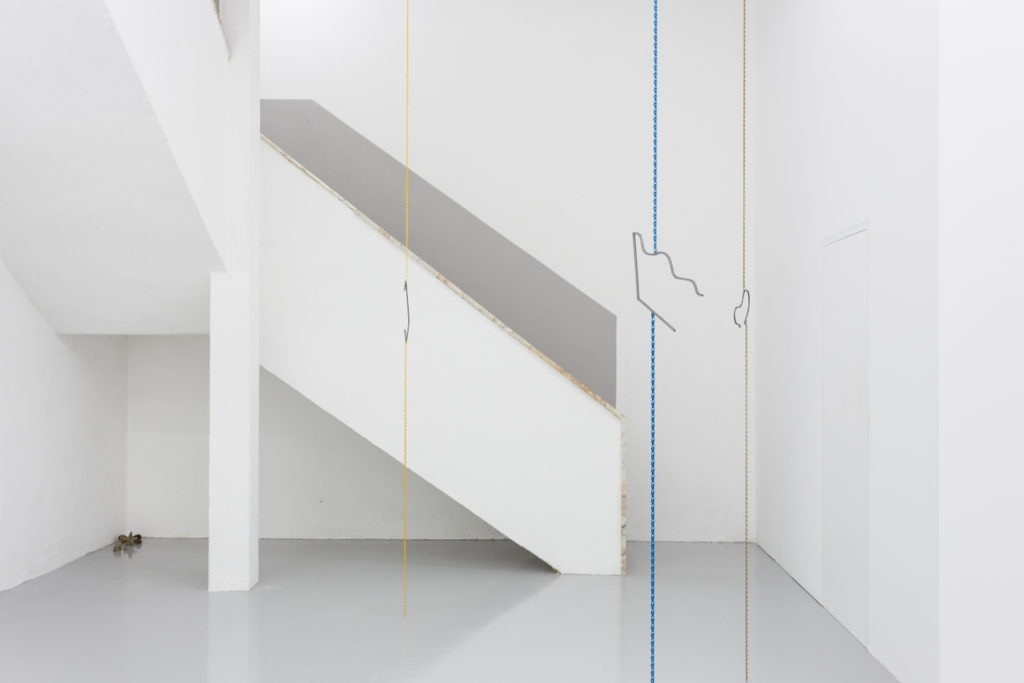
Exhibition view with Criacionismo (2015) by Luca Francesconi and Untitled (2015) by Daniel Steegmann Mangrané. Photo: Bruno Lopes
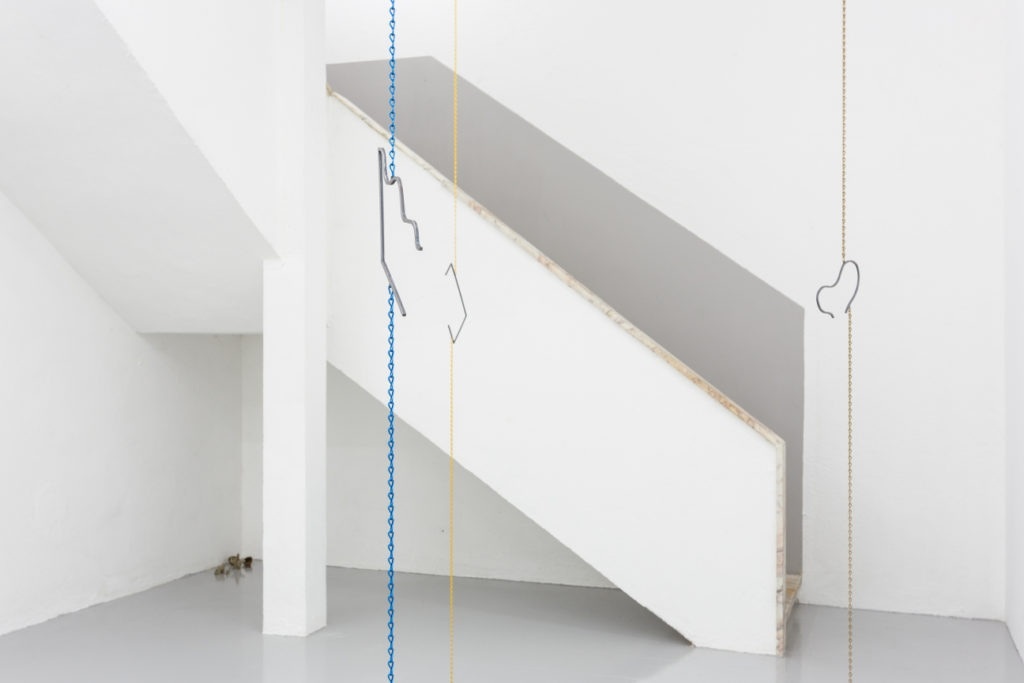
Exhibition view with Criacionismo (2015) by Luca Francesconi and Untitled (2015) de Daniel Steegmann Mangrané. Photo: Bruno Lopes
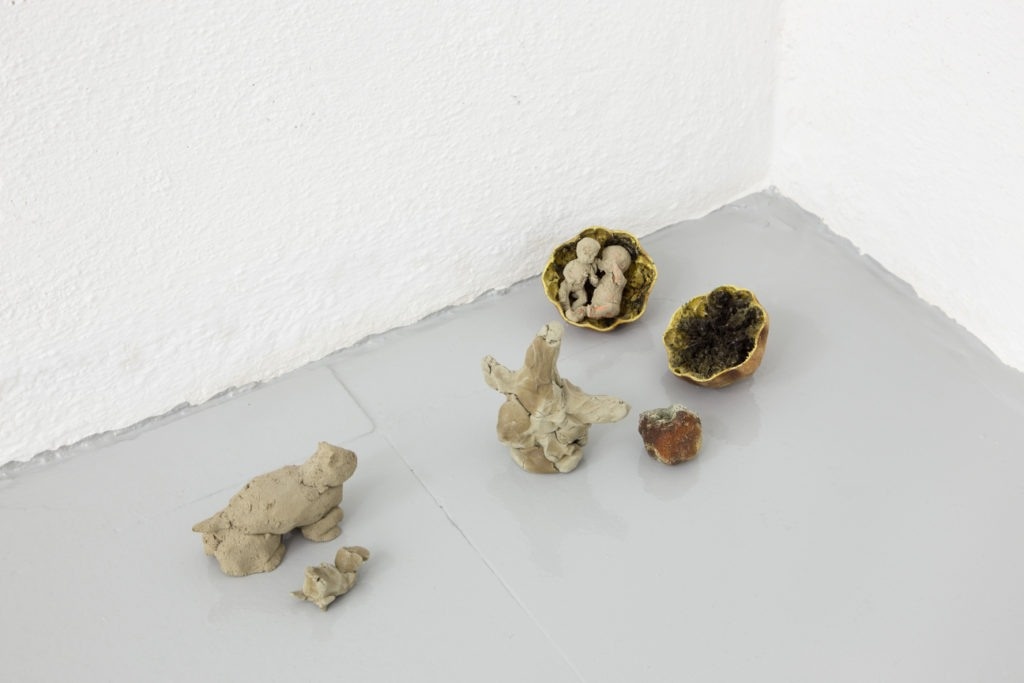
Luca Francesconi, Criacionismo (2015). Photo: Bruno Lopes
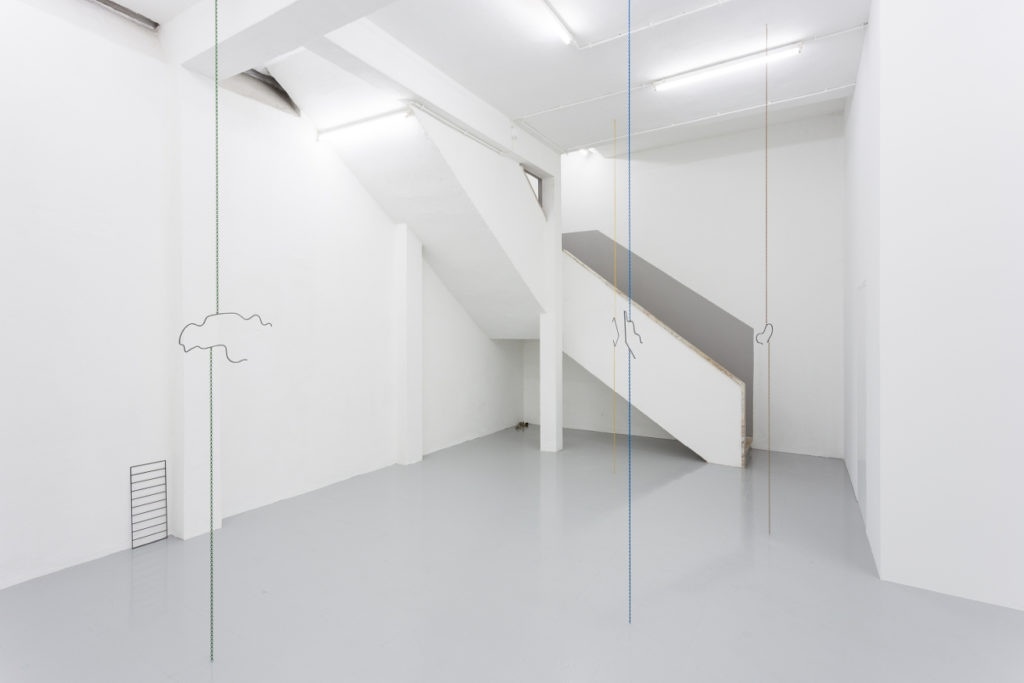
Exhibition view with Untitled #1 tf (2014) by Haris Epaminonda, Criacionismo (2015) by Luca Francesconi and Untitled (2015) de Daniel Steegmann Mangrané. Photo: Bruno Lopes
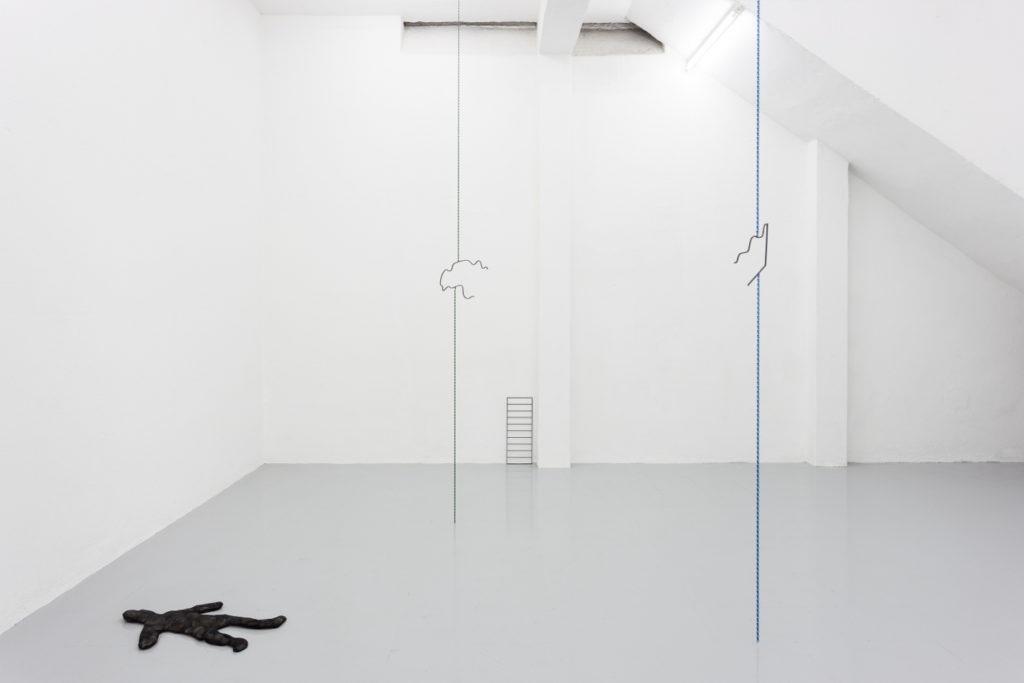
Exhibition view with Untitled (2015) by Luca Francesconi, Untitled (2015) by Daniel Steegmann Mangrané and Untitled #1 tf (2014) by Haris Epaminonda. Photo: Bruno Lopes
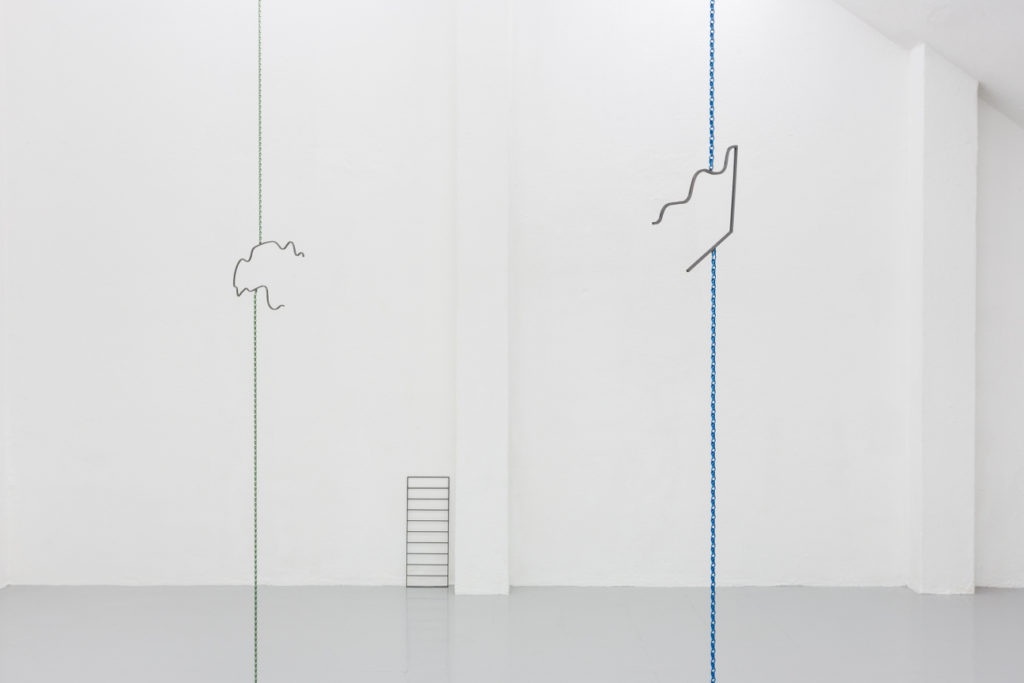
Exhibition view with Untitled (2015) by Daniel Steegmann Mangrané and Untitled #1 tf (2014) by Haris Epaminonda. Photo: Bruno Lopes
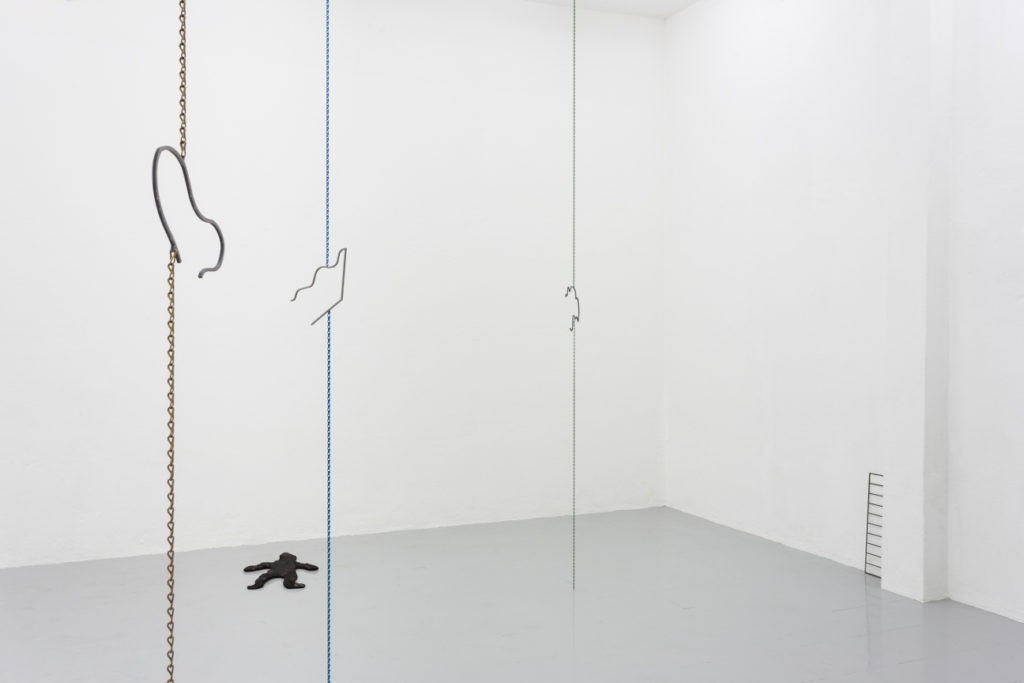
Exhibition view with Untitled (2015) by Luca Francesconi, Untitled (2015) by Daniel Steegmann Mangrané and Untitled #1 tf (2014) by Haris Epaminonda. Photo: Bruno Lopes
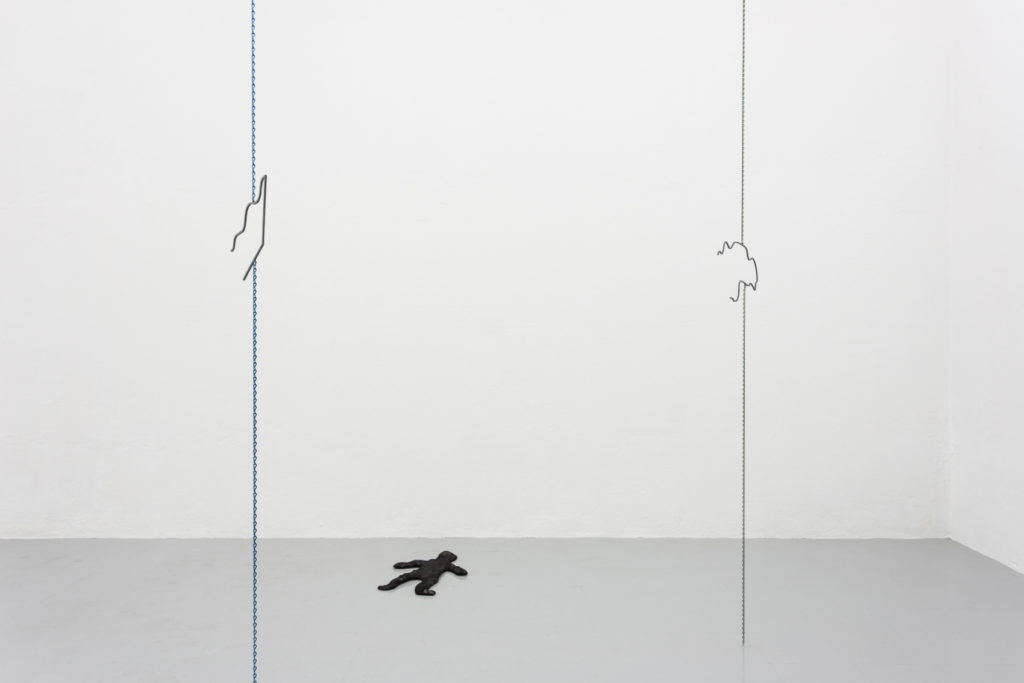
Exhibition view with Untitled (2015) by Luca Francesconi and Untitled (2015) by Daniel Steegmann Mangrané. Photo: Bruno Lopes
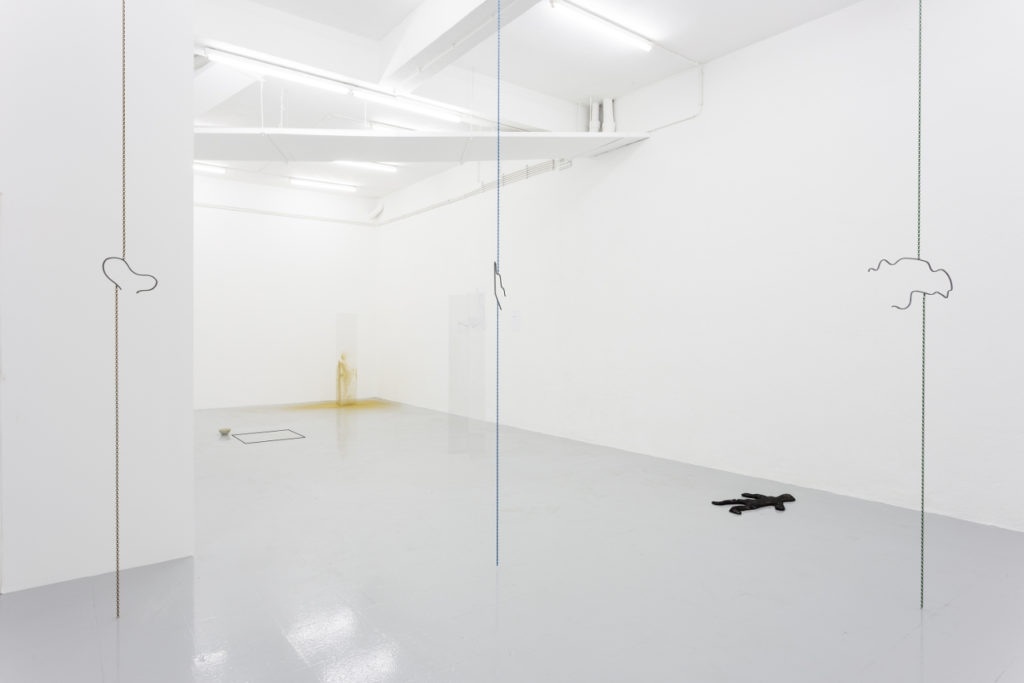
Exhibition view with Untitled (2015) by Daniel Steegmann Mangrané, Untitled #03 tf (2014) by Haris Epaminonda, Sleep (2015) and Notes on the history of violence (ghost version) (2015) by André Romão, Fax and Rope (2014) by Jacopo Miliani and Untitled (2015) by Luca Francesconi. Photo: Bruno Lopes.
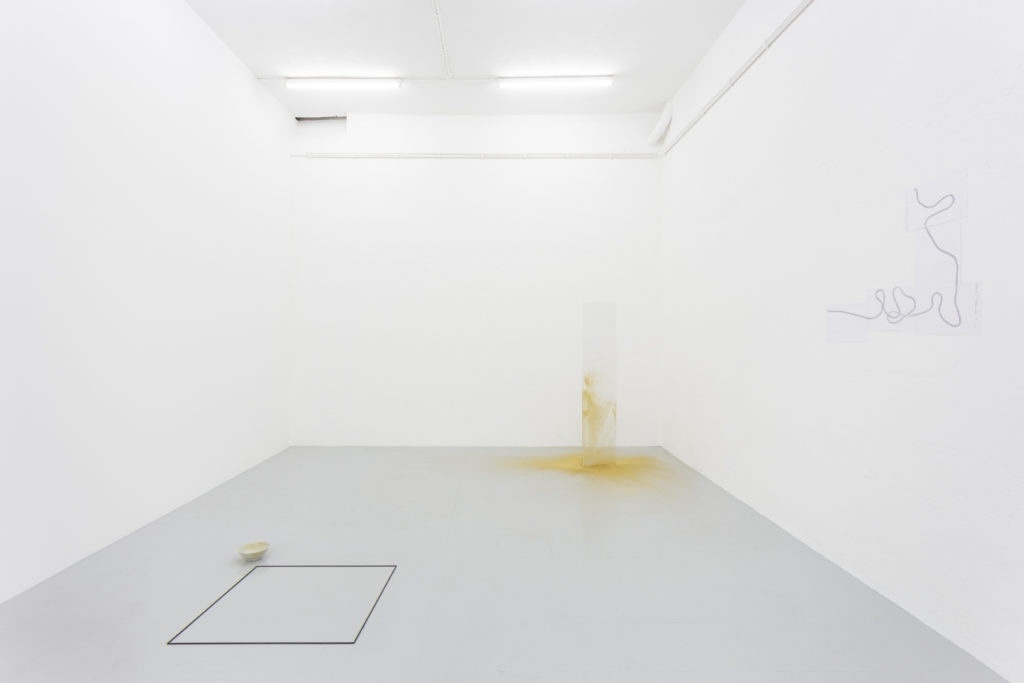
Exhibition view with Untitled (2015) by Daniel Steegmann Mangrané, Untitled #03 tf (2014) by Haris Epaminonda, Sleep (2015) and Notes on the history of violence (ghost version) (2015) by André Romão and Fax and Rope (2014) by Jacopo Miliani. Photo: Bruno Lopes
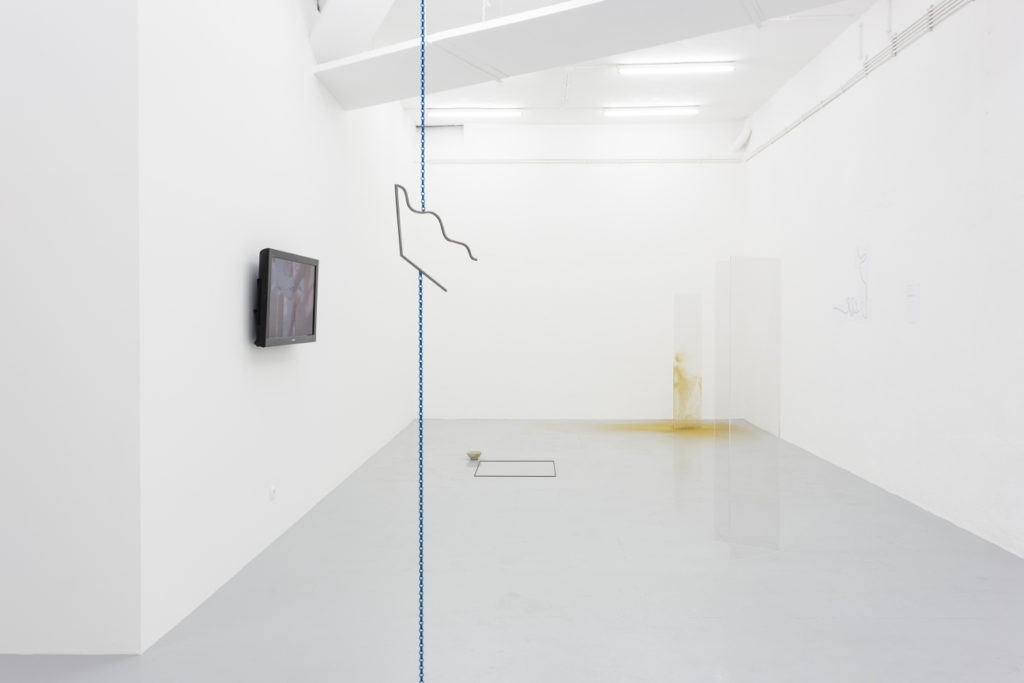
Exhibition view with Why should our bodies end at the skin (2012) by Lili Reynaud-Dewar, Untitled (2015) by Daniel Steegmann Mangrané, Untitled #03 tf (2014) by Haris Epaminonda, Sleep (2015) and Notes on the history of violence (ghost version) (2015) by André Romão and Fax and Rope (2014) by Jacopo Miliani. Photo: Bruno Lopes
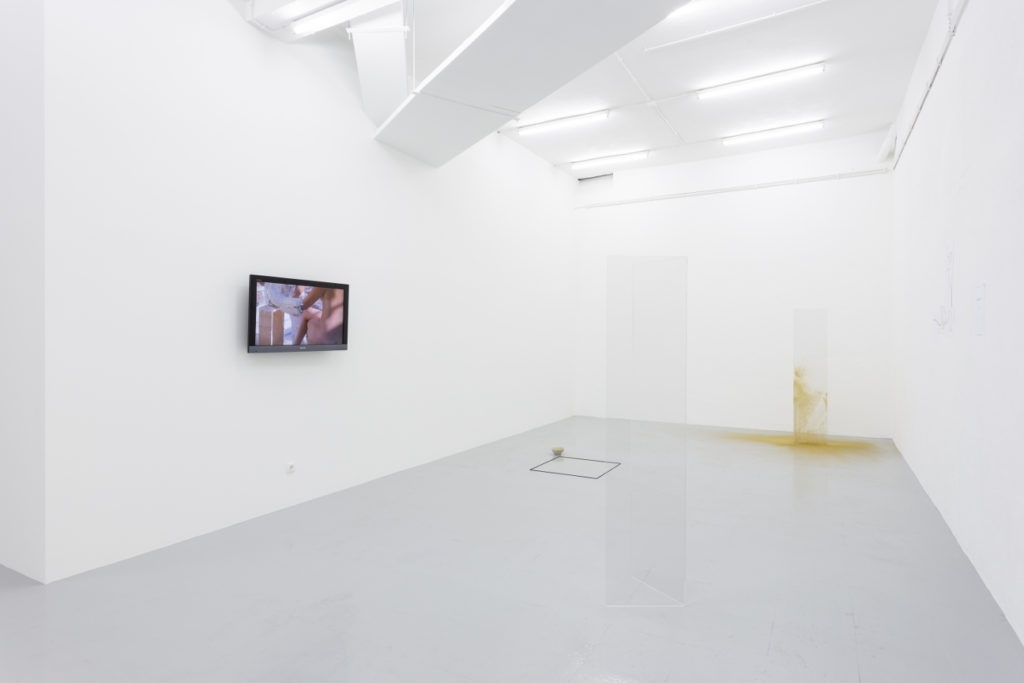
Exhibition view with Why should our bodies end at the skin (2012) by Lili Reynaud-Dewar, Untitled (2015) by Daniel Steegmann Mangrané, Untitled #03 tf (2014) by Haris Epaminonda, Sleep (2015) and Notes on the history of violence (ghost version) (2015) by André Romão and Fax and Rope (2014) by Jacopo Miliani. Photo: Bruno Lopes
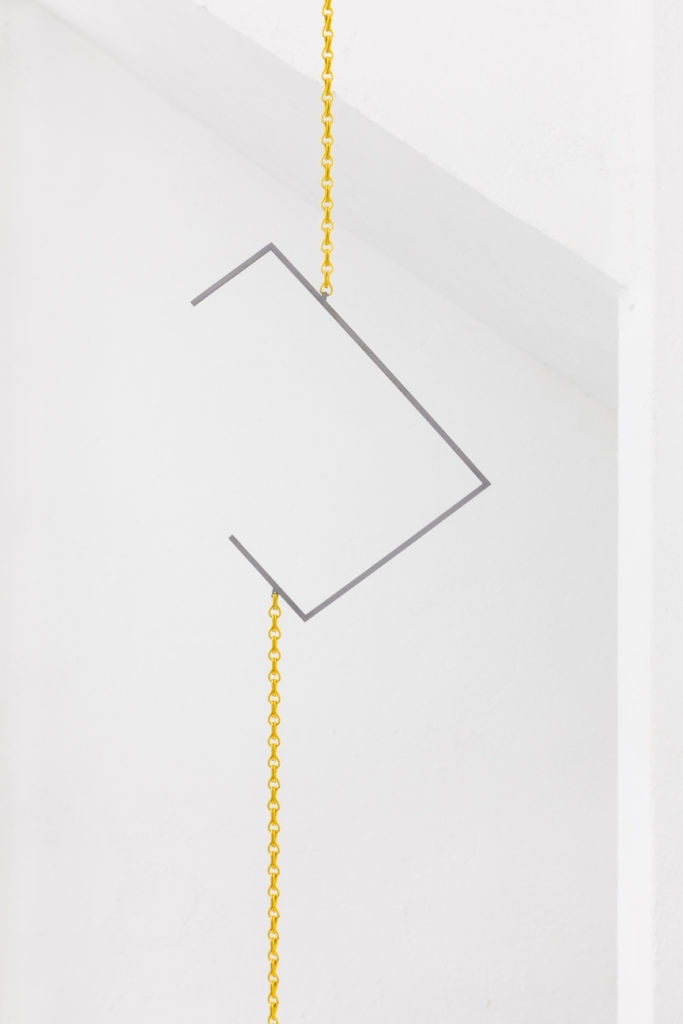
Daniel Steegmann Mangrané, Untitled (2015). Laser cut steel and anodized aluminium chains. Photo: Bruno Lopes
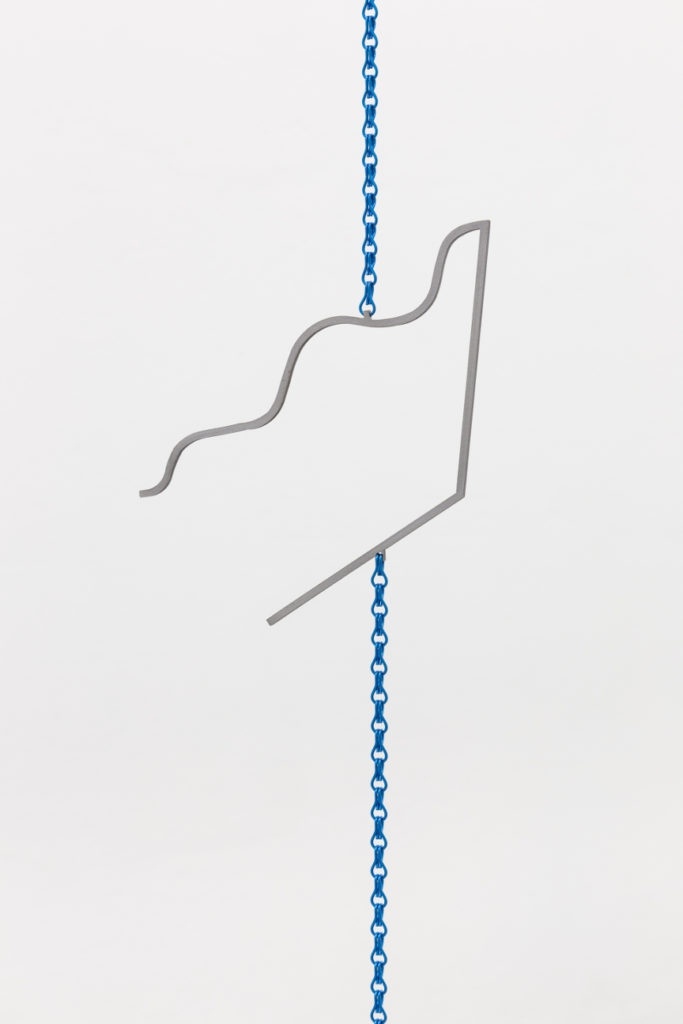
Daniel Steegmann Mangrané, Untitled (2015). Laser cut steel and anodized aluminium chains. Photo: Bruno Lopes
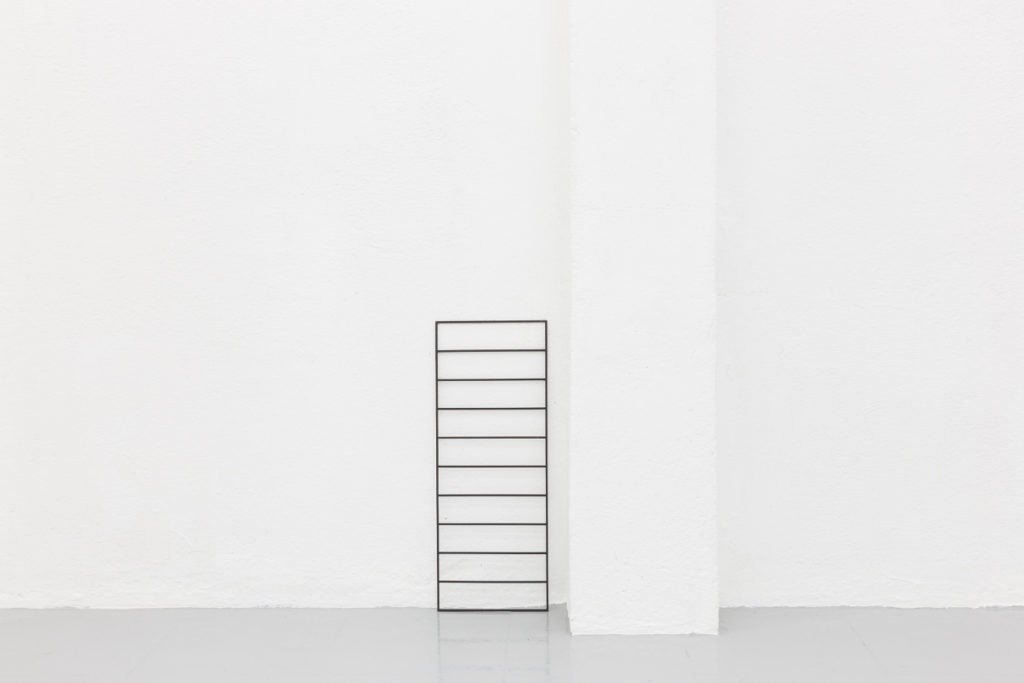
Haris Epaminonda, Untitled #11 tf (2014). Metal structure. Photo: Bruno Lopes
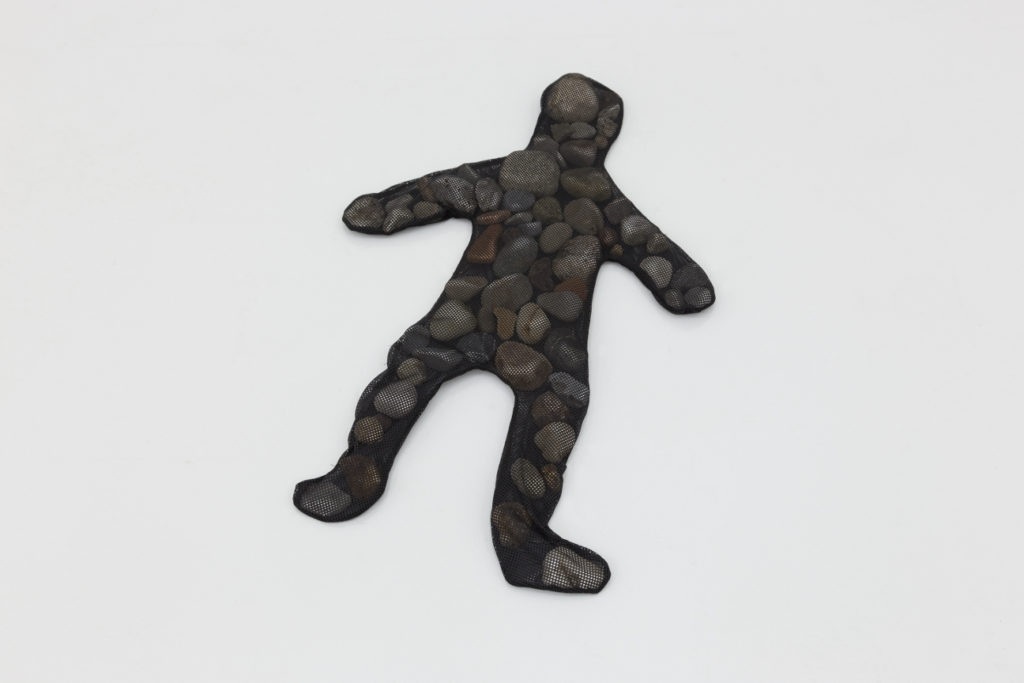
Luca Francesconi, Untitled (2015). Fabric, stones. Photo: Bruno Lopes
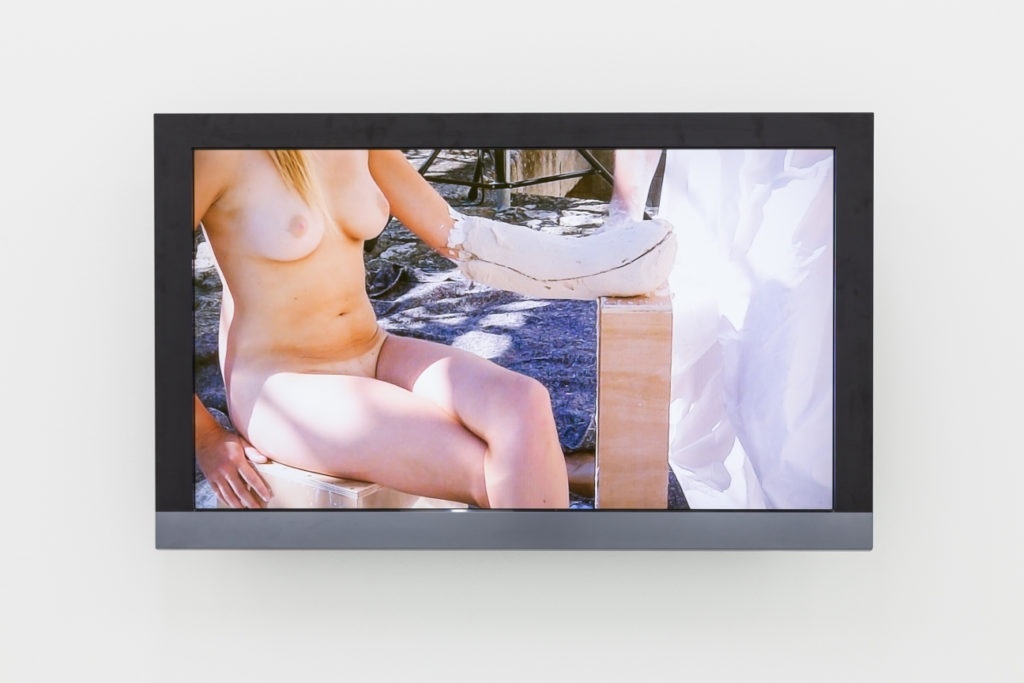
Lili Reynaud-Dewar, Why should our bodies end at the skin (2012). Video, color, sound, 13’00’’, loop. Photo: Bruno Lopes
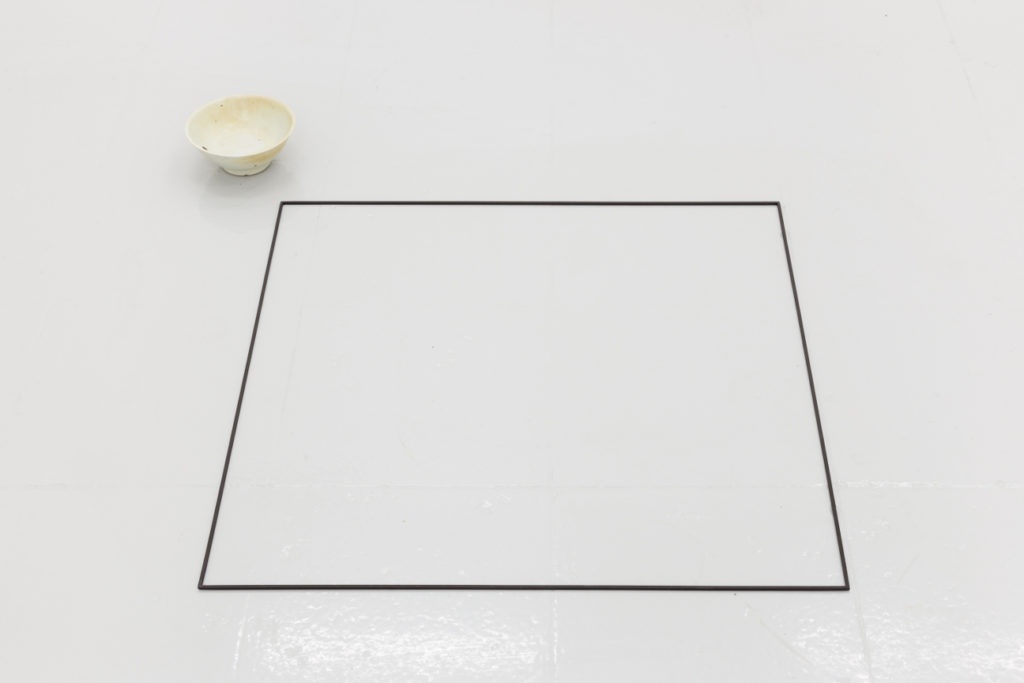
Haris Epaminonda, Untitled #03 tf (2014). Iron frame, old ceramic bowl. Photo: Bruno Lopes
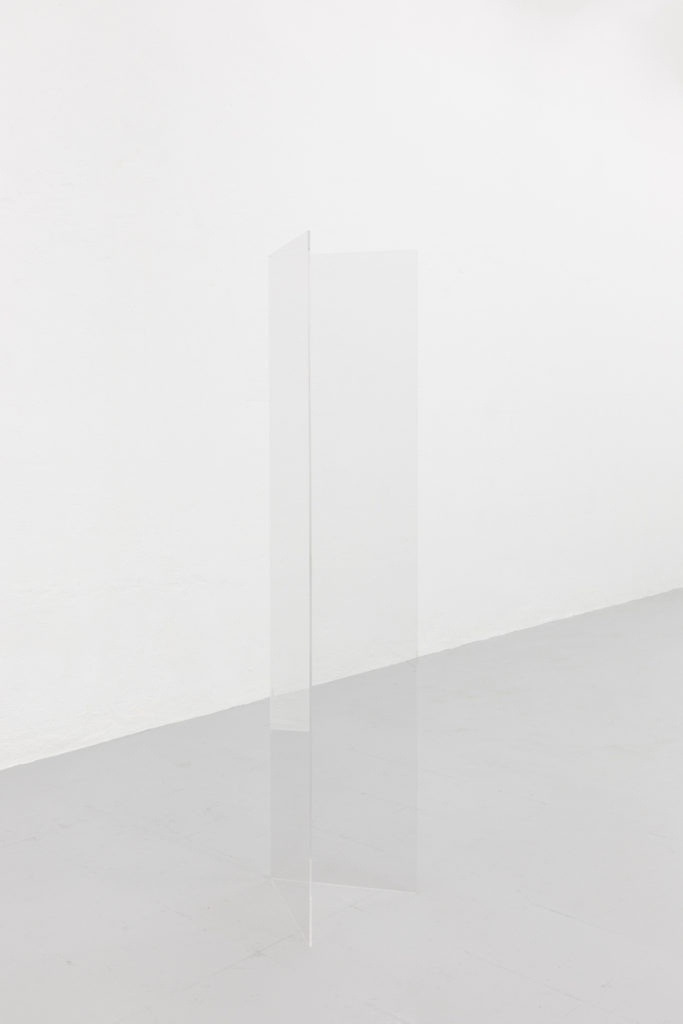
André Romão, Sleep, 2015. Acrylic glass. Photo: Bruno Lopes
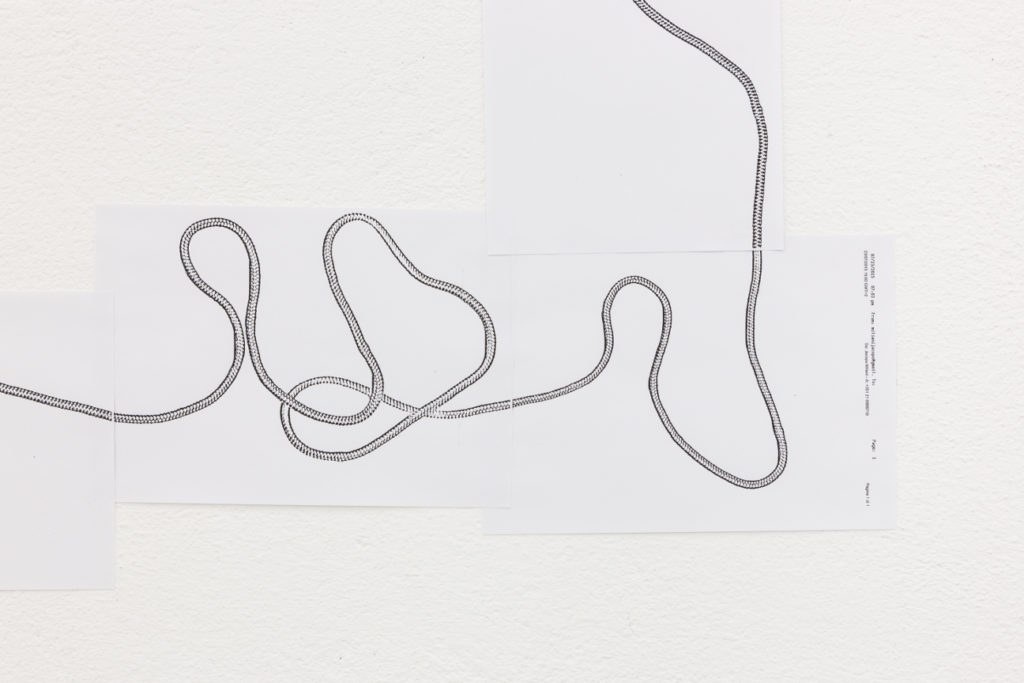
Jacopo Miliani, Fax and Rope (2014). Fax machine and A4 paper. Photo: Bruno Lopes
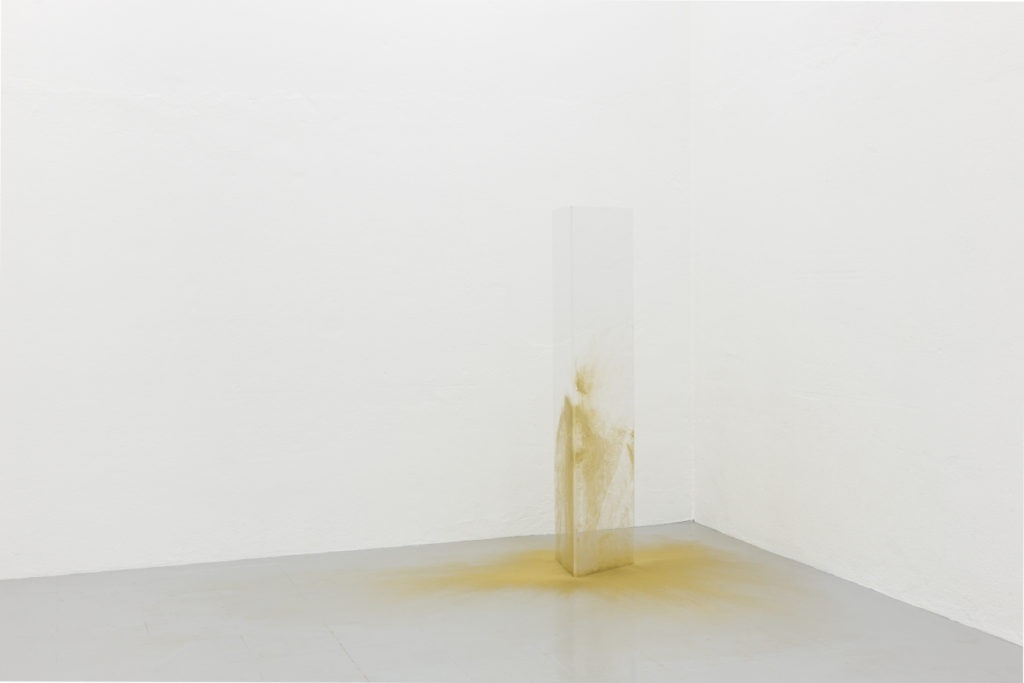
André Romão, Notes on the history of violence (ghost version) (2015). Acrylic glass, pigment. Photo: Bruno Lopes
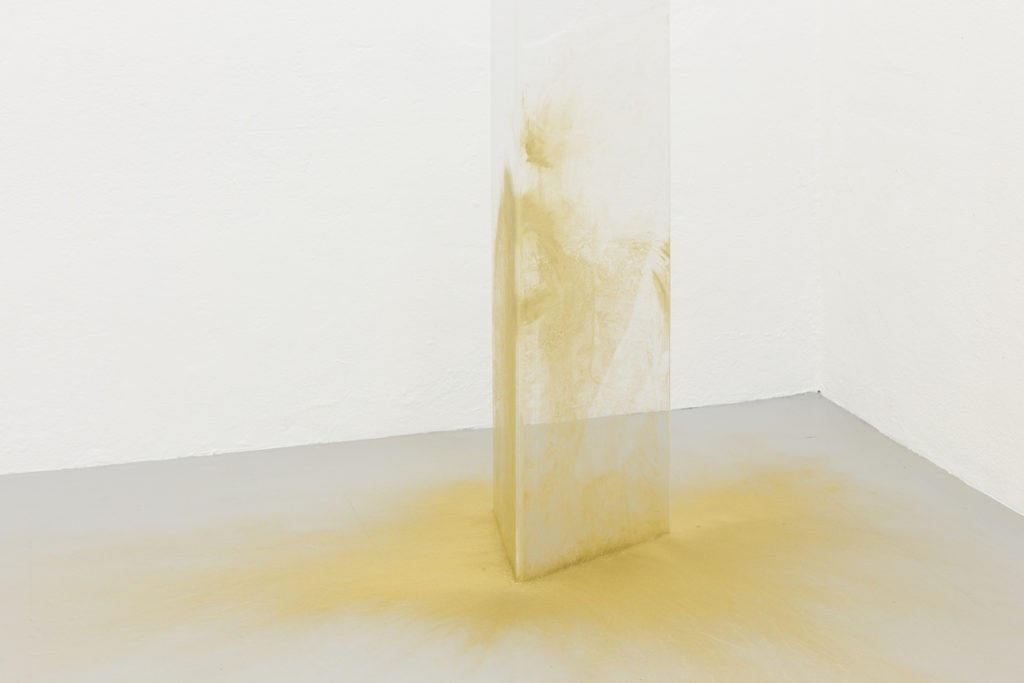
André Romão, Notes on the history of violence (ghost version) (2015). Acrylic glass, pigment. Photo: Bruno Lopes
Lili Reynaud-Dewar, Haris Epaminonda, Luca Francesconi, Jacopo Miliani, André Romão e Daniel Steegmann Mangrané: Beauty Codes (order/disorder/chaos): Act II
At the origin of modern thought there is a contrast between order and disorder, “contrasting impulses and tendencies, the modular combination of which produces in every epoch the work of art.” Taking Friedrich Nietzsche’s The Birth of Tragedy as a point of reference, the exhibition Beauty Codes (order/disorder/chaos), is a collaborative project between three international art spaces, CURA., Fondazione Giuliani and #kunsthallelissabon, which unfolds over a six-month period, in three consecutive legs. Loosely constructed around the narrative codes of Greek Tragedy, the exhibition begins with a single voice, then shifts – through the work of twelve international artists – to a gradual process of layering and accumulation, which disrupts the original order with multiple viewpoints, fractured boundaries and subverted roles, finally transitioning to a subsequent subtraction with a new set of objects and traces of previous actions. The complete exhibition cycle is a trajectory from a state of order and harmony, to disorder and chaos, leading to the formation of a new order and quietude.
The project's Prologue took place in CURA. with the installation Why Should Our Bodies End At The Skin? (2012) by Lili Reynaud-Dewar, a work which serves as the link between the three parts of a play performed on three separate stages, and which was present in a different form in Act I, the group exhibition at Fondazione Giuliani, which also included works by Pedro Barateiro, Pablo Bronstein, Haris Epaminonda, Fischli/Weiss, Jacopo Miliani, Amalia Pica, Alexandre Singh and Daniel Steegmann Mangrané. Besides Lili Reynaud-Dewar, #kunsthallelissabon's Act II of Beauty Codes will feature works by Haris Epaminonda, Luca Francesconi, Jacopo Miliani, André Romão and Daniel Steegmann Mangrané.
Kunsthalle Lissabon is generously supported by Secretaria de Estado da Cultura/Direção Geral das Artes (DGArtes), Teixeira de Freitas, Rodrigues e Associados and by EDP Foundation.
